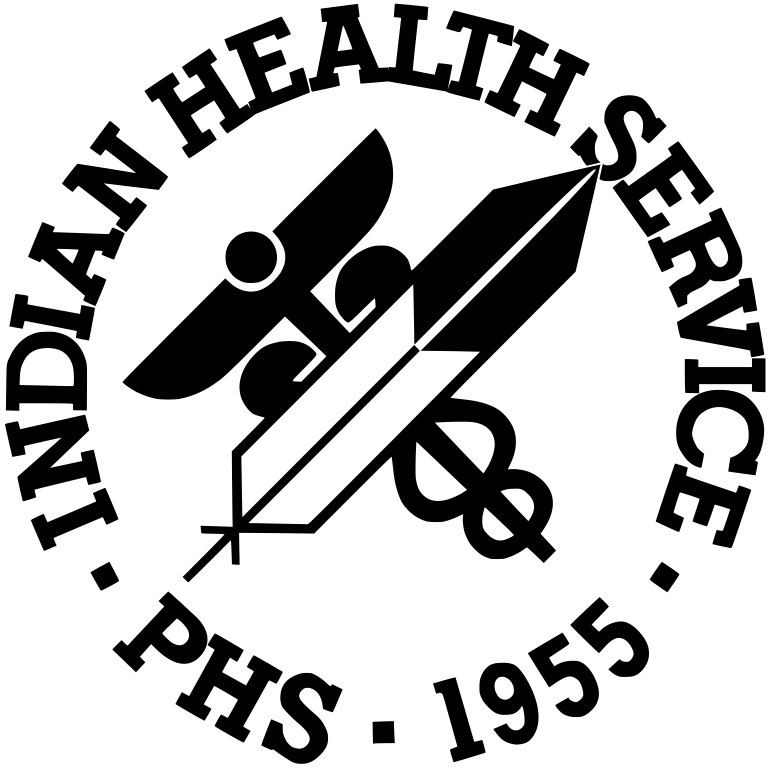Coronavirus (COVID-19)

The Indian Health Service continues to work closely with our tribal and urban Indian organization partners and state and local public health officials to coordinate a comprehensive public health response to the ongoing COVID-19 pandemic. The COVID-19 pandemic has disproportionately affected American Indian and Alaska Native populations across the country. American Indians and Alaska Natives have infection rates over 3.5 times higher than non-Hispanic whites, are over four times more likely to be hospitalized as a result of COVID-19, and have higher rates of mortality at younger ages than non-Hispanic whites. This has highlighted the need for comprehensive, culturally appropriate personal and public health services that are available and accessible to all American Indian and Alaska Native people.
A Historic Investment
The IHS has received a historic investment of more than $9 billion [PDF] to provide resources for IHS, tribal, and urban Indian health programs to address long-standing health inequities experienced by American Indians and Alaska Natives by ensuring a comprehensive public health response to the ongoing COVID-19 pandemic. We have worked closely with tribes and urban Indian organizations throughout this pandemic to get resources out to facilities as quickly as possible.
Increasing Availability and Access to Vaccination Sites
IHS continues to address barriers to COVID-19 vaccination in American Indian and Alaska Native communities by increasing availability to convenient and accessible vaccination sites; increasing clinical and community-based workforce for outreach, education, and vaccination; and accelerating COVID-19 vaccine distribution and administration. Across the Indian health system, we have administered well over one million vaccine doses, increased drive-through testing sites, and provided next-generation at home tests and rapid tests.
Achievements and Improvements
It has been more than a year now that IHS and our dedicated workforce have been responding to COVID-19. Over the past year, IHS has worked to ensure the safety of our IHS patients and staff, as well as tribal community members. We have made some considerable achievements such as developing a COVID-19 data surveillance system and partnering with the Navajo Nation and other local organizations on a project to support the installation of 59 transitional water points on the Navajo Nation. These efforts have increased water access for over 9,600 homes without piped water.
The pandemic has highlighted challenges and risks to our current health information technology system and has reinforced IHS’ commitment to the modernization of our health IT infrastructure. Despite these challenges, we have successfully expanded our use of technology to provide telehealth services during COVID-19.The funding for electronic health record modernization provided by Congress will allow us to proceed with the foundational steps in this important multi-year effort.
Importance of Partnerships
We look forward to continuing our work with tribal, urban Indian organization, and federal partners across the country. The IHS remains committed to working closely with our stakeholders and understands the importance of everyone coming together during this difficult time.
For the latest general information about COVID-19, we encourage everyone to periodically review CDC’s COVID-19 webpage . Information on the number of COVID-19 vaccines administered across the IHS can be found on the CDC COVID Data Tracker in the Federal Entities section.
COVID-19 Vaccine Distribution and Administration by IHS Area
As of June 26, 2022, the IHS is distributing all three COVID-19 vaccines currently authorized or approved in the U.S, including Pfizer-BioNTech, Moderna, and Janssen/Johnson & Johnson. The table below shows the total number of vaccine doses distributed and administered to date, per IHS Area, for facilities that chose to receive vaccine through the IHS jurisdiction. The data includes COVID-19 vaccinations administered to all ages and specialty groups authorized for emergency use or fully licensed by the Food and Drug Administration (FDA). The IHS administration rate is 71% of doses received. The IHS jurisdiction is administering all available full doses in accordance with FDA guidance.
| Area | Total Doses Distributed* | Total Doses Administered** |
|---|---|---|
| Albuquerque | 211,290 | 188,474 |
| Bemidji | 252,620 | 177,474 |
| Billings | 139,730 | 80,994 |
| California | 372,330 | 225,729 |
| Great Plains | 261,030 | 167,024 |
| Nashville | 164,440 | 110,714 |
| Navajo | 467,280 | 390,526 |
| Oklahoma City | 709,365 | 516,747 |
| Phoenix | 353,305 | 249,254 |
| Portland | 170,950 | 108,805 |
| Tucson | 17,290 | 12,548 |
| Grand Total | 3,119,630 | 2,228,289 |
*Distributed Data Source: IHS National Supply Service Center, includes total doses ordered and delivered by June 24, 2022, to facilities that chose the IHS jurisdiction for vaccine distribution.
**Administered Data Source: Data is reported from the Vaccine Administration Management System (VAMS) and IHS Central Aggregator Service (CAS). Data may be different than data on the CDC COVID-19 Vaccine Tracker due to lags and ongoing quality review of data, including resolving data errors.
Note:The COVID-19 Vaccine Distribution and Administration by IHS Area data is only reflective of facilities that chose the IHS jurisdiction for vaccine distribution. Alaska Area data is not reported as all tribes chose to receive COVID-19 vaccine from the State of Alaska. The Tucson Area data only includes one tribe that chose the IHS jurisdiction for vaccine distribution.
COVID-19 Cases by IHS Area
Data are reported from IHS, tribal, and urban Indian organization facilities, though reporting by tribal and urban programs is voluntary. Data reflect cases reported to the IHS through 11:59 pm on Jul 3, 2022.
|
IHS Area
|
Tested
|
Positive
|
Negative
|
Cumulative
percent
positive
|
7-day rolling
average
positivity
|
|---|---|---|---|---|---|
| Alaska | 1,076,141 | 51,918 | 885,414 | 5.5% | 11.4% |
| Albuquerque | 151,854 | 14,343 | 116,917 | 10.9% | 17.8% |
| Bemidji | 306,876 | 30,447 | 274,957 | 10.0% | 13.2% |
| Billings | 154,145 | 13,443 | 136,109 | 9.0% | 11.9% |
| California | 181,069 | 20,673 | 152,828 | 11.9% | 23.5% |
| Great Plains | 253,520 | 26,152 | 225,277 | 10.4% | 9.4% |
| Nashville | 167,715 | 17,660 | 145,049 | 10.9% | 22.7% |
| Navajo | 508,093 | 72,524 | 367,424 | 16.5% | 28.9% |
| Oklahoma | 1,085,669 | 163,209 | 911,583 | 15.2% | 18.4% |
| Phoenix | 306,389 | 45,622 | 258,080 | 15.0% | 30.8% |
| Portland | 237,446 | 19,931 | 216,869 | 8.4% | 21.2% |
| Tucson | 80,196 | 8,944 | 70,982 | 11.2% | 33.6% |
| TOTAL | 4,509,113 | 484,866 | 3,761,489 | 11.4% | 19.6% |
COVID-19 testing data is updated on Mondays and Thursdays by 5 pm ET.
Website last updated Jul 5, 2022


